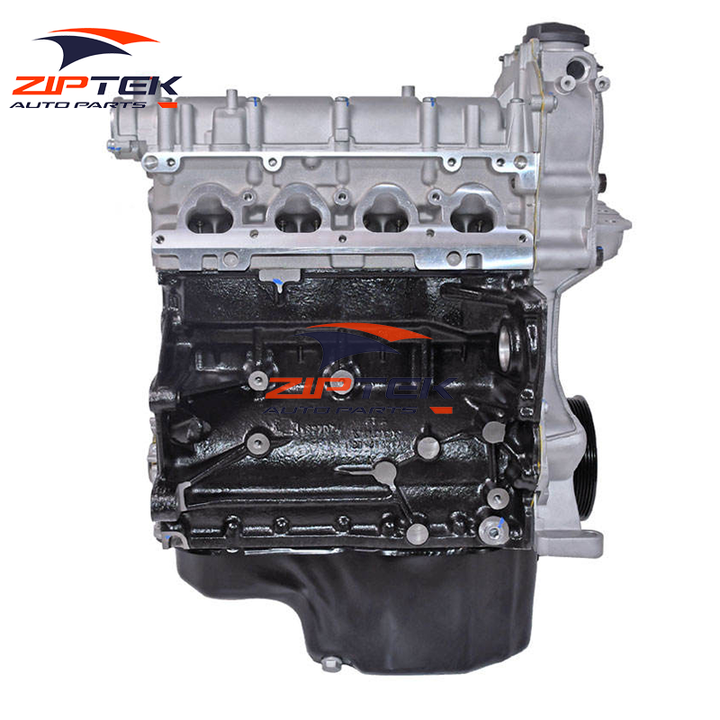Increase the lifespan of your clp engine with regular care.
Increase the lifespan of your clp engine with regular care.
Blog Article
Just How a Clp Engine Can Enhance Performance in Different Industries
The advent of CLP engines notes a significant change in operational performance across different sectors, driven by their capacity to optimize gas consumption and lessen downtime. Industries such as production and logistics stand to acquire substantially from their robust layout and consistent power outcome, which assure to improve procedures and enhance efficiency. As companies increasingly focus on sustainability alongside effectiveness, the duty of CLP engines becomes much more crucial. What stays to be seen is how these developments will certainly form the future landscape of industrial procedures and their influence on wider financial trends (clp engine).
Overview of CLP Engines
CLP engines, or Continuous Fluid Propellant engines, stand for a considerable development in propulsion technology, particularly for room applications. These engines use a constant feed system that enables the continual expulsion of propellant, bring about improved effectiveness and performance contrasted to conventional solid or hybrid propulsion systems. By keeping a continuous flow of fluid propellant, CLP engines can accomplish more specific thrust control, which is essential for maneuvering spacecraft in numerous mission circumstances.
The style of CLP engines integrates innovative materials and cutting-edge fuel monitoring systems. clp engine. This leads to reduced weight and raised dependability, essential aspects for long-duration space goals. The continuous procedure minimizes the danger of burning instability, a typical obstacle in standard rocket engines.

Benefits in Manufacturing
The manufacturing of Continuous Fluid Propellant (CLP) engines offers numerous significant advantages that enhance both efficiency and cost-effectiveness. One of the key advantages is the streamlined production process, which lowers the intricacy connected with conventional propulsion systems. By utilizing liquid propellant, suppliers can attain higher precision in engine performance, bring about maximized energy output and lowered waste.
In addition, CLP engines assist in a higher level of modularity, enabling simpler integration right into different manufacturing lines. This flexibility can substantially lower preparations and improve overall functional versatility. Making use of CLP innovation also often tends to lessen the need for considerable maintenance as a result of fewer relocating parts, which translates right into decreased downtime and functional expenses.

Applications in Logistics
Leveraging Constant Liquid Propellant (CLP) engines in logistics provides considerable advantages in operational efficiency and reliability. These engines offer a robust solution for various transportation demands, making it possible for the smooth activity of products throughout large distances. The fundamental style of CLP engines enables for consistent power output, which converts right into smoother and a lot more predictable transportation schedules.
Among the vital applications of CLP engines in logistics remains in durable freight transportation, where they can drive both ground and airborne automobiles. Their capability to maintain high performance under differing tons conditions guarantees that shipment timelines are fulfilled, thus enhancing client complete satisfaction. In addition, CLP engines can be incorporated right into automated logistics systems, facilitating real-time monitoring and maximizing path preparation.
Additionally, the toughness of CLP engines decreases maintenance downtime, permitting logistics business to optimize their functional capabilities. This is specifically useful in warehousing operations, where effectiveness in taking care of and delivering goods is essential. As logistics proceeds to evolve, the assimilation of CLP engines represents a forward-thinking strategy that not only boosts performance yet likewise sustains the industry's expanding demands for dependability and rate.
Effect On Power Efficiency
Just How do Continuous Liquid Propellant (CLP) engines boost energy effectiveness in transport? CLP engines utilize a regular circulation of liquid gas, maximizing combustion procedures and keeping a stable thrust result. This design reduces power losses connected with conventional burning engines, where gas delivery can vary and cause inefficiencies.
The constant procedure of CLP engines enables a more effective thermal cycle, causing higher certain impulse contrasted to conventional engines. clp engine. This equates to lowered fuel usage for the very same amount of job done, considerably reducing functional costs throughout numerous transport sectors, consisting of aviation and maritime industries
Furthermore, the capability of CLP engines to preserve ideal efficiency under differing tons problems minimizes the demand for constant velocity and slowdown, better boosting gas performance. Boosted power effectiveness not just adds to set you back savings however likewise causes reduce greenhouse gas discharges, lining up with worldwide sustainability goals.
Future Trends and Innovations
Emerging advancements in Continuous Liquid Propellant (CLP) engine modern technology assurance to change the landscape of transport effectiveness and sustainability. As markets pivot toward greener alternatives, CLP engines stand at the center, incorporating ingenious materials and design techniques that boost efficiency while decreasing environmental impact.
Among one of the my link most appealing trends is the fostering of hybrid systems that combine CLP engines with renewable resource sources. This harmony can enhance fuel intake and lower discharges, aligning with international sustainability goals. Moreover, innovations in computational liquid dynamics (CFD) are promoting the style of more aerodynamically reliable engines, causing reduced drag and boosted fuel efficiency.
Moreover, the Website development of wise monitoring systems is established to enhance functional efficiencies. These systems leverage information analytics and IoT modern technology to optimize engine efficiency in real-time, making sure that the engines operate within their most efficient specifications.
As research study proceeds to check out different propellant formulations-- such as biofuels and artificial gas-- the future of CLP engines looks promising. By taking advantage of these innovations, markets can not just boost their performance however likewise add significantly to a cleaner, a lot more lasting future in transport.
Conclusion
In conclusion, CLP engines represent a significant development in effectiveness across multiple industries. The integration of advanced materials and fewer relocating components lessens upkeep demands, while placement with sustainability goals settings CLP look at here engines as a critical technology for the future.
Report this page